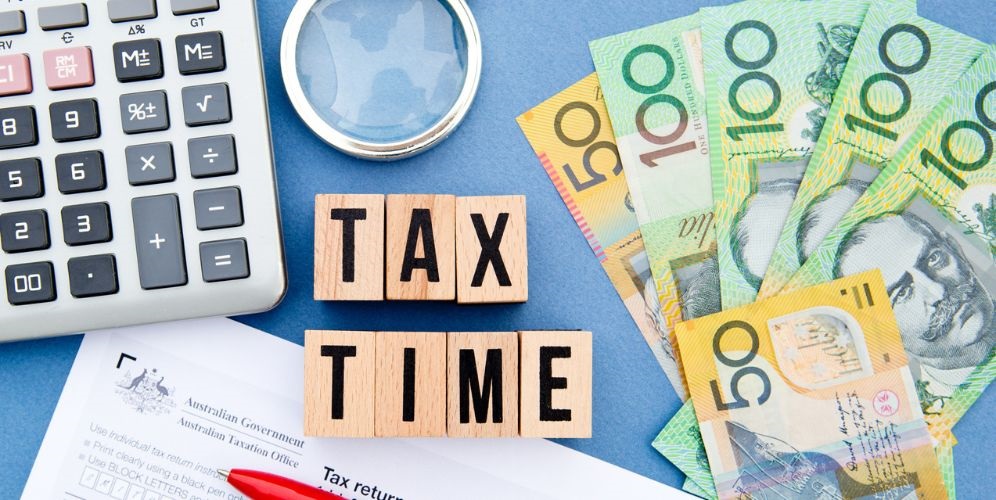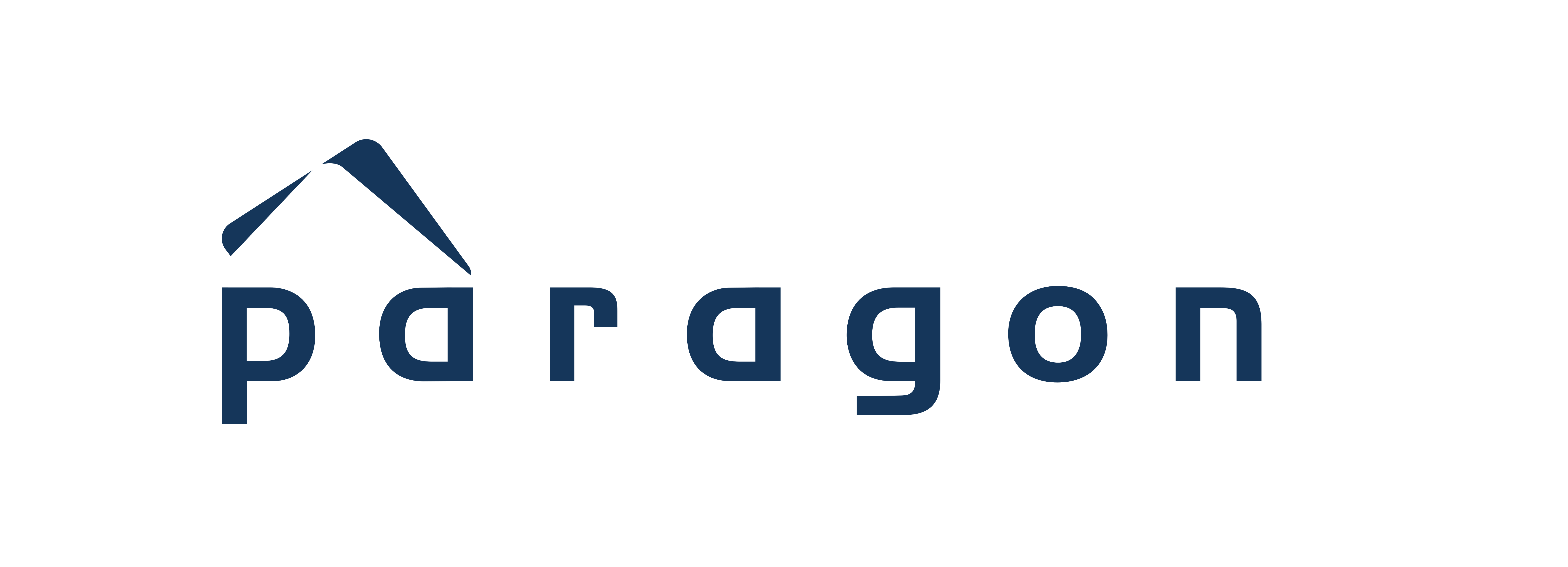
If you haven’t yet done your tax return for the 2023-24 financial year, remember that the Australian Taxation Office (ATO) is using its data matching system to find unreported income from property investors.
It’s a more sophisticated way to collect more tax from taxpayers.
It works by comparing property management data from software providers – who are required to report details on rent and expenses for residential properties managed by property managers – with the information included in landlords’ tax returns.
The ATO cross references this data with rental data from banks, landlord insurers, rental bond authorities and sharing economy providers, to detect any inconsistencies.
If you have undeclared income, the ATO will find it easily and they’ll contact you for an explanation.
Remember to:
- include rental properties in your tax return
- enter gross (total) rental income not the net amount (after expenses) and claim expenses separately on your tax return
- include any rental income received (and deductions) when purchasing a property with a tenant already in it, even if you’re just waiting for the tenant to leave before moving in
- split income and expenses according to legal ownership when the property is owned by more than one person – all owners need to lodge their own tax return
- understand the difference between a capital expense, a repair and maintenance – these expenses need to be claimed over different periods of time.
If you make a mistake, talk to your registered tax agent or lodge an amendment.
What is the main residence exemption?
When a homeowner sells their primary residence, they may qualify for an exemption from capital gains tax (CGT).
However, CGT may apply if the homeowner earns income from their main residence. This includes:
- Renting out a room or the entire property, short term and long term.
- Running a business from home.
Find out more about eligibility for a main residence exemption at capital gains tax and the main residence exemption.
Sourced from REIWA




